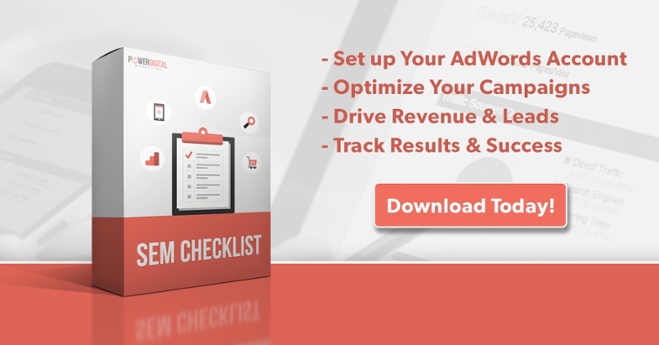We’ve recently experienced some significant hype around the new Expanded Text Ads (ETA) ever since Google announced their Beta back in April and the time has finally come for us advertisers to say what we’ve always wanted to say in our ads! We no longer have to spend as much time on shortening company offers or call to actions, we can even cut down on looking for synonyms in hopes to find the shorter version of our words. But now the feature has officially been rolled out, many advertisers are wondering how to go about writing these ads? Don’t fret; we’ve got you covered.
We all know that writing compelling ad copy plays a pivotal role in the success of our campaigns, with that said, delivering the right message at the right time can improve your ad relevance and drive more qualified traffic. We now have 47% more characters to help us achieve this goal, with two 30-character headlines and one combined 80-character description line. The display URL is also making a change; we no longer have to create one as it will now be automatically generated from your final URL to ensure accuracy.

Why did Google make this change? Some of you could probably guess – mobile. It has been Google’s initiative to cater towards mobile in the recent years, with a rise in mobile usage for search, Google wants to deliver a better mobile user experience. It was the reason behind eliminating the right-hand side ads, and it is the reason now for ETAs. Good news is click-through-rate will increase, but the bad news is that the competition will increase due to the limited space to show on mobile.

For now, let’s focus on getting that click-through-rate up. You’ll notice that many of the best practices we know are still in place, there are just a few new ones to be used in conjunction with them. Let’s dive into the six new best practices to apply while building out your new ETAs.
Improve Ad Copy Quality
Don’t just add text to the end of your headline with filler words; you need to rethink the entire ad copy as a whole. Take advantage of the extra characters and focus on calling out your Unique Selling Proposition (USP). You especially want to make sure you utilize the character limits in the headlines as it will give you more clickable space for your ad, this also means that you should be writing the best possible copy here.
People typically search on Google to find answers, so think about how you can provide the solution to what your customers are searching for and help them make a decision. Try to avoid asking questions, but instead, provide them the benefits of your offering. You should also take a look at what has performed well in the past and use those ads as inspiration to write the new ad copy.
Speak To All Devices
ETAs will show on both desktop and mobile, so make sure you are speaking to all devices in your messaging. We live in a cross-device world, and our ads need to appeal to users across all devices. Along with the new update, it is time to say goodbye to Mobile Preferred Ads (MPA). Instead of creating separate MPA’s, advertisers now can only set a different final mobile URL. We can no longer tailor specific ads to mobile unless we build a separate mobile campaign along with device bidding.
Run New Ad Tests
Now that we have some ideas for the new ad, where to even begin with ad testing? Let’s start with your top 15-20% non-branded ad groups that are high volume to run tests on since these will be easier to identify if there’s a statistical significance. Considering the double headlines are the most prominent aspect of the new ETA, start there and move on to the description line and then the URL path. Keep in mind that you still should only test one variable against each other so you can make a calculated decision on which ad has better performance.

As mentioned, headlines are now the most important field in the new ETAs, so they should be the primary variable that you test. Keep in mind that there’s no guarantee both your headlines will show due to the line break (especially on mobile devices), so your first headline should include the most relevant information or a specific call-to-action. Try to avoid anything “salesy” such as using the word “today”, it gives a false sense of urgency, and those types of headlines no longer work for consumers.
Ultimately you should never assume a headline that works for one campaign will work for the all other ones. An A/B test helps determine which ads resonate the most with your audience. So while you’re building out the new ETAs, you should consider testing:
- If a CTA performs better in the first headline or the second headline
- If using all 80 characters in the description line will perform better than shorter ones
- If appending two 15-character path fields will make your ad more compelling for people to click on








